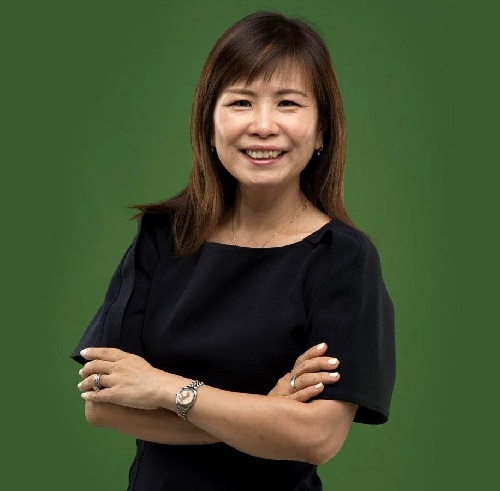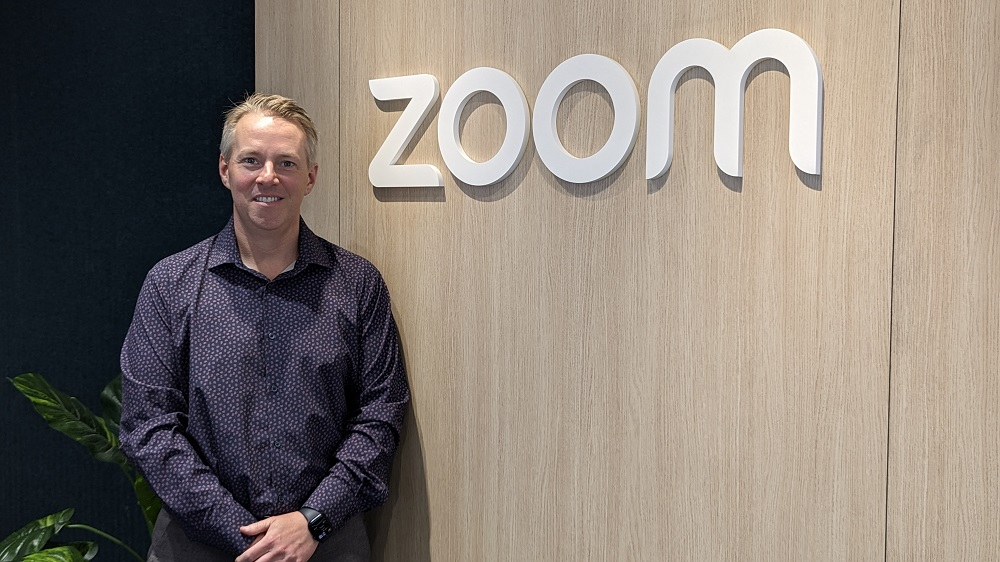Building workforce capabilities and resilience for the future

An organisation’s workforce is its most important asset, and skilled employees can be difficult to find. A global study from Korn Ferry found that by 2030, there will be a global talent shortage of 4.3 million employees in the technology, media, and telecommunications industries. To avoid missing out on available talent, organisations need to take a good look at their talent sustainability.
Talent sustainability is a holistic and systematic approach that begins with attracting the right talent and extends to retaining talent by promoting better understanding and relatability with the workforce. A study by Mercer reveals that most of the workforce today is looking for ‘relatable’ organisations. These organisations are redefining their engagement protocols with their employees and focusing on skill-building. They are rebuilding the standard notions of value creation and are working relentlessly towards an employment ecosystem that is more sustainable and equitable for all.
Talent Sustainability – The next great workforce strategy
Skill building acts as the bedrock of talent sustainability. It has become vital for organisations to focus on nurturing their existing talent base and establishing meaningful engagement at every level. For the HR fraternity, it is time to create a two-pronged approach to direct the organisation’s efforts towards building employee skills on one hand and, on the other hand, focus on external reach beyond boundaries and barriers to ensure diversity of talent.

“[Skills building] has become vital for organisations to focus on nurturing their existing talent base and establishing meaningful engagement at every level.” – Sim Cher Whee, Vice President of Global Talent Acquisition and Mobility, Micron
Along with skill building, HR technology also plays an important role in talent sustainability. With suitable HR tools, recruiters can tap into a more diverse talent pool and ensure a deeper understanding of the talent pool. It streamlines the recruiting and onboarding processes aligning with the organisation’s hiring needs. Consider job descriptions as an example, there are some types of wording that make a job description more appealing to men than to women, technology helps to recognise these words, adds more clarity, and eventually brings in a better mix of candidates.
Given the current socio-economic scenario and the mounting concerns on the availability of critical skills, programmes like Micron’s STEM initiatives targeting K-12 students play a pivotal role in building the right talent pipeline through education. Growing students’ interest in science, technology, engineering, and mathematics (STEM) from a young age increases the chances of them pursuing a STEM career. These programmes extend holistic opportunities for the diverse and underrepresented workforce.
Organisations must be committed to investing in the wellbeing of employees by focusing on five key elements: physical health, mental health, social connections, career development, and financial stability. In terms of career development, it is crucial to build a growth mindset among employees and empower them to learn, develop and grow with the right tools, technology, and knowledge.
Culture and diversity – The cornerstone for sustainable talent
The success of an organisation’s culture relies heavily on leaders and employee resource groups who inspire the workforce’s readiness. Organisations that invest in a culture of diversity, equity and inclusion (DE&I) are more productive, innovative, financially strong, instil greater innovation and have an overall competitive edge.
A strong organisational culture works as an overarching theme that has a gamut of initiatives under it. These initiatives propagate sustainable wellbeing and a sense of belonging among employees and are reflected through strong leadership and an organisation’s external ecosystem, including vendors, suppliers, and partners.
As DE&I becomes the core of any business, interdisciplinary skills are the key to success. As an example, at Micron, inclusion allyship and leadership training are conducted to foster an inclusive workplace for all.
Conclusion
Technological advancement would continue to take the lead in the constantly evolving work landscape. Therefore, skill development is an utmost necessity to embrace and celebrate technological advances like AI and others. With talent sustainability, we need to invest in long-term talent and culture strategy, focus on nurturing the growth mindset and skills of employees, and create an inclusive and supportive environment for employees to thrive. All of these will help to build greater resilience and agility in the organisation as we will continue to lead in an unprecedented and uncertain environment.
About the Author: Sim Cher Whee is Vice President of Global Talent Acquisition and Mobility at Micron.



